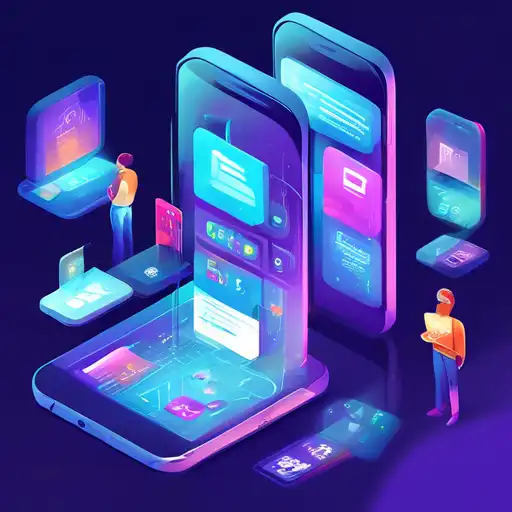Introduction to Mobile Development Trends
The mobile development landscape is continuously evolving, with new technologies and methodologies emerging at a rapid pace. As we look towards the future, several key trends are set to redefine how apps are developed and experienced by users worldwide.
1. Cross-Platform Development Gains Momentum
With the increasing demand for apps that work seamlessly across multiple platforms, tools like Flutter and React Native are becoming more popular. These frameworks allow developers to write code once and deploy it on both iOS and Android, significantly reducing development time and costs.
2. The Rise of 5G Technology
The rollout of 5G networks is set to revolutionize mobile app development by enabling faster data speeds and lower latency. This will open up new possibilities for real-time applications, such as augmented reality (AR) and virtual reality (VR), providing users with more immersive experiences.
3. Artificial Intelligence and Machine Learning Integration
AI and ML are becoming integral to mobile apps, offering personalized user experiences, improved security, and smarter functionalities. From chatbots to predictive analytics, these technologies are making apps more intuitive and efficient.
4. Internet of Things (IoT) Connectivity
As IoT devices become more prevalent, mobile apps are increasingly serving as the central hub for controlling and monitoring these devices. This trend is expected to grow, with apps facilitating seamless interaction between users and their smart devices.
5. Enhanced App Security Measures
With cyber threats on the rise, app developers are prioritizing security more than ever. Advanced encryption techniques, biometric authentication, and secure coding practices are becoming standard to protect user data.
6. The Adoption of Modular Development
Modular development allows teams to work on different parts of an app simultaneously, speeding up the development process. This approach also makes it easier to update and maintain apps over time.
7. Focus on User Experience (UX) and Accessibility
Creating apps that are not only visually appealing but also accessible to all users, including those with disabilities, is becoming a priority. This includes implementing voice navigation, screen readers, and other accessibility features.
Conclusion
The future of mobile development is bright, with these trends leading the way towards more innovative, efficient, and user-friendly apps. By staying ahead of these developments, developers can create apps that meet the evolving needs of users and stand out in a competitive market.
For more insights into the latest in technology and development, check out our technology section.
